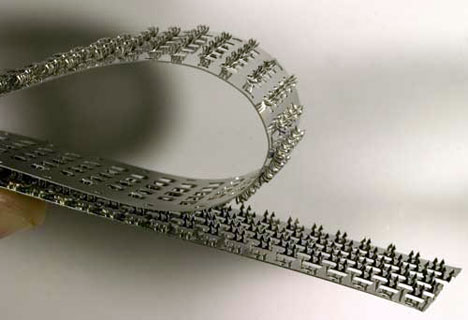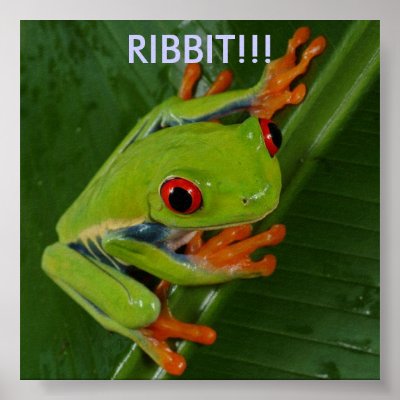
Researchers at Pacific Northwest National Laboratory have
developed a much more aggressive form of anti-virus software which mimic's ants!
The new software, unlike traditional software, traverses computer networks
looking for threats. When detected, an army of ants swarm the threat and draw human's attention. The concept, called “swarm intelligence,” will transform cyber security because it adapts readily to changing threats, just like ants do.
“Our idea is to deploy 3,000 different types of digital ants, each looking for evidence of a threat ... As they move about the network, they leave digital trails modeled after the scent trails ants in nature use to guide other ants. Each time a digital ant identifies some evidence, it is programmed to leave behind a stronger scent. Stronger scent trails attract more ants, producing the swarm that marks a potential computer infection.”




















